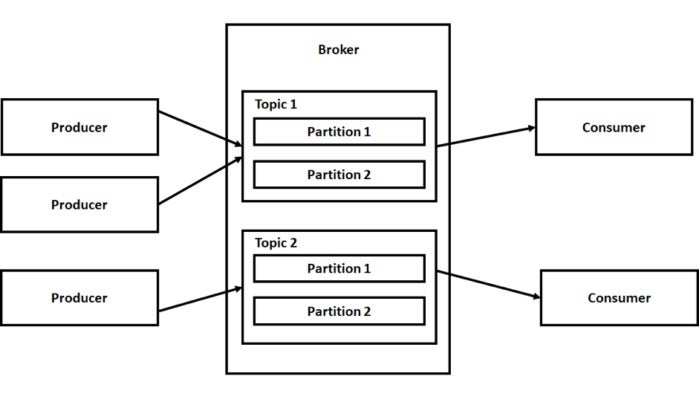IDG Contributor Network: The next big challenge in building the data-driven economy
The importance of data continues to grow, so much so that The Economist recently declared “the world’s most valuable resource is no longer oil, but data.” The rise in connected devices, from mobile phones to information-gathering sensors, is producing more data than ever with the potential to provide new insights about our economy.
As with any valuable resource, though, production is only part of the equation. Logistics — moving the resource to the right place at the right time — is equally important. After all, a gallon of gas only has value when you can get it to people with cars.
When it comes to data, most industries still lag in logistics. While connected devices are driving up data production, many businesses are still using outdated file transfer software, such as FTP, to move vast amounts of data between locations — the digital equivalent of sending packages cross-country by horse and buggy.
Cloud and cognitive fuel need for data transfer
To realize the full potential of data, the technology used to move data will need to catch up. Unlike older transfer systems, these new technologies must provide fast, predictable rates of transfer regardless of the amount of data, locations involved or competing traffic. This need for faster and more advanced data transfer technologies will become even more important as two major trends take hold: the shift to the cloud and the rise of cognitive business.
Cloud is enabling significant cost savings, but also new opportunities. Mass storage archives are being created in the cloud every day with clients moving vast amounts of data to cheaper storage. Additionally, cloud-based analytics is enabling the ability to create temporary or permanent analytic stores to answer problems in a much more real-time basis than ever before. Cognitive application being built in the cloud are only as smart as the data that is given to them. Incomplete or late arriving data is at times worse than no data at all.
Industry transformation starting to take hold
A few industries have traditionally led the way in making data transfer a priority. IBM Aspera and other technologies that specialize in high-speed data transfer have largely built their businesses through clients in the media and entertainment industry. For these companies, the fast, secure transfer of massive video files has transformed their industry enabling global collaboration and speeds time to market for new projects.
The media and entertainment industry, though, is just the beginning. Some retailers, for example, are now using new data transfer technology to distribute large video and software files to stores globally to more quickly refresh HD video walls and interactive displays. It’s helping them engage shoppers with the latest campaigns and product content and stand out in an intensely competitive field.
Improving health care, advancing auto safety, and fighting fraud
The health care industry also is starting to take advantage of data transfer. It’s helping researchers more efficiently share findings, building their collective body of knowledge more quickly to uncover trends, treatments and cures. Improved data sharing also has the potential to improve care for individual patients by allowing them to get real-time second opinions from specialists thousands of miles away.
In the auto industry, engineers developing next-generation driver assistance software are making use of advanced data transfer tools to collect valuable sensor data from test facilities around the globe. As more technology reaches production, fast data transfer also will be needed between vehicles and infrastructure to underpin new safety features and eventually enable self-driving cars. A lag in even a second could be the difference between a car stopping at the light and cruising into the intersection.
And in banking and financial services, faster and more secure data transfer will become necessary to keep up with the boom in digital transactions and help companies analyze data more quickly. Instead of investigating fraud after it occurs, fast data transfer could help these companies catch criminals in the act.
Data transfer will become a competitive advantage
Data production will continue to grow across all industries. That part of the equation is certain as mobile devices spread globally and information-gathering-sensors fuel the internet of things. The next challenge for businesses is creating the infrastructure to move data to the right place at the right time.
Those companies that master both the mining and movement of data will separate themselves from the pack. They’ll have a more informed view of the market and gain insights more quickly, keeping them in step with the needs of their customers and ahead of their competition.
This article is published as part of the IDG Contributor Network. Want to Join?
Source: InfoWorld Big Data




 Apache FOUNDATION
Apache FOUNDATION